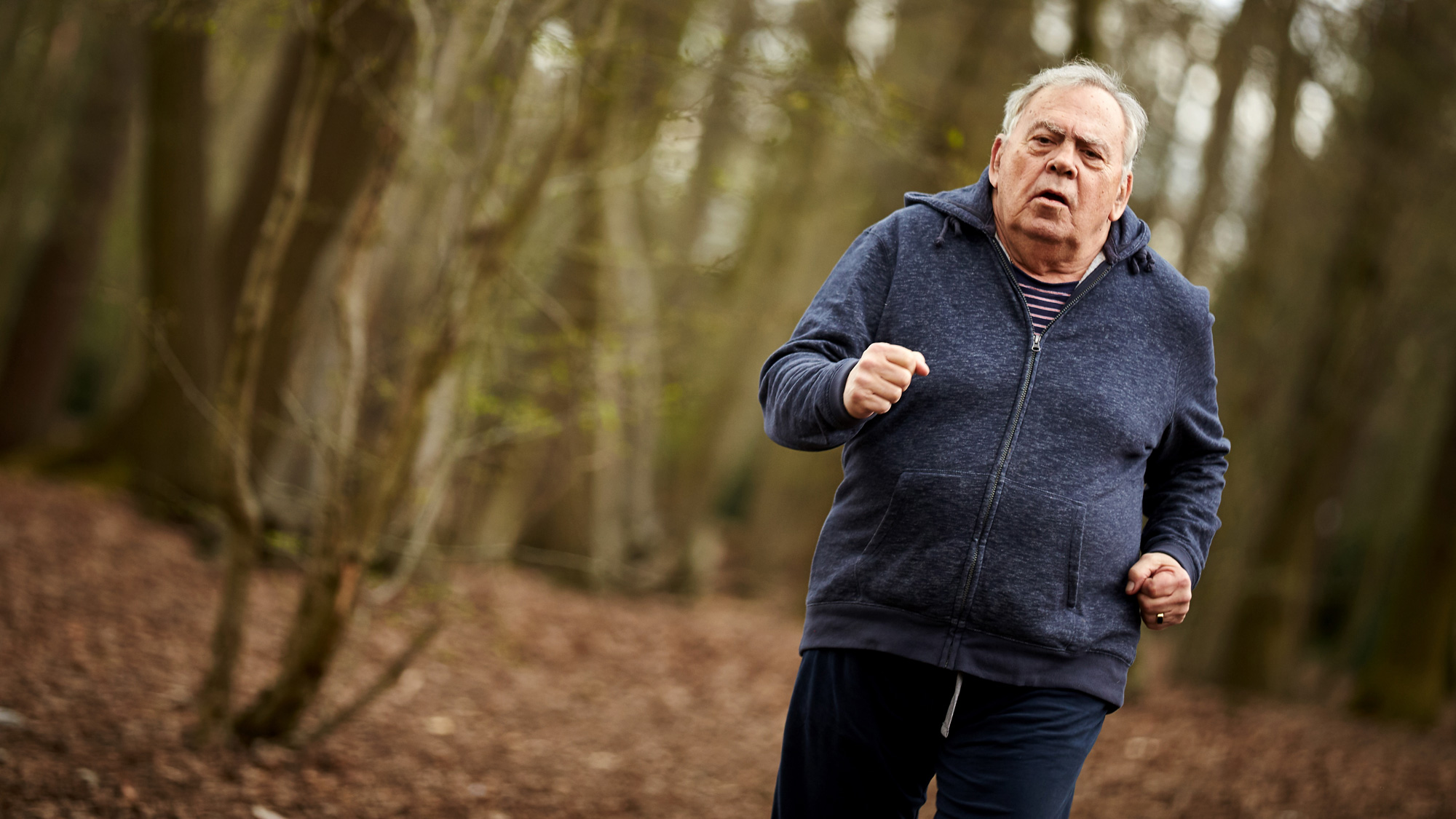How Fatmax Training Can Help You Burn More Fat
Slow and steady training can put you in the optimal zone for fat loss

When we spoke to Dr Justin Roberts from Anglia Ruskin University’s Cambridge Centre for Sport and Exercise Sciences about running for weight loss, one of the most surprising things he said was that new runners would benefit from “fatmax” training, rather than going straight to high-intensity efforts.
Fatmax was a new term for us, and so we asked Roberts to explain in more detail what it is and how people can use it to boost their fat loss efforts.
What is fatmax?
Fatmax is the intensity of exercise at which an individual’s fat oxidation [measured in grams per minute] is at its highest. It could be 0.5g/min at say 60% of their maximum effort (60% of their VO2 max). Most people at fatmax would “burn” around 0.3-0.7g of fat per minute. However, there are many factors which can influence this, such as fitness or previous dietary intake. At higher intensities, fat oxidation declines and eventually is recorded as “fatmin” – the intensity at which fat oxidation is negligible.
How can fatmax training help you lose fat?
Training at fatmax could optimise the amount of fat being used during exercise. However, it is important to note that at lower intensities, calorific yield would also be lower. Hence a combination of exercise types – interval training, HIIT training and fatmax training – could be beneficial. Fatmax training could be useful for those starting out and/or who may have lower metabolic flexibility [the ability to switch between carbs and fat as your fuel source during exercise].
How much does fatmax vary from person to person? And what would it typically be for unfit individuals just getting back into training?
Fatmax is highly individual although typical ranges can occur within a particular cohort, so less fit people versus more fit people versus very fit people.
Less fit individuals tend to have lower fatmax results, ie 0.1-0.3g/min at maybe 30-40% VO2 max and fitter individuals, particularly from an endurance exercise background, tend to be higher, ie 0.4-0.6g/min at say 55-70% VO2 max. However, there are many factors which can influence this.
Can you identify your fatmax using rate of perceived exertion or heart rate?
If you had undertaken an assessment in a lab, and compared it with your heart rate and RPE then it would be possible to do this accurately. However, from the studies we have conducted, most people’s fatmax occurs when RPE is actually very low – two or three – and with a heart rate of about 115-130 (depending on the sport). However, it is important to stress this is very individual and influenced by a number of factors.
Sign up for workout ideas, training advice, reviews of the latest gear and more.
How should you use fatmax training alongside other types of exercise when looking to lose weight?
Fatmax training could be useful to support individuals looking to get into exercise because it is lower-intensity and may suit more people, and may promote better adherence before moving up to higher intensities. One problem is that many people tend to work out “too hard, too soon” and become injured or fatigued. Some of the best weight loss programmes utilised basic walking to brisk walking. It is more about consistency, which over time leads to results. If someone starts off well with good intentions then gets injured or finds the exercise too challenging then they are less likely to adhere to a programme. Therefore mixing up the training with fatmax – lower-intensity, sustained – alongside resistance training, and then progressing to interval training, could be a useful programme.

Nick Harris-Fry is a journalist who has been covering health and fitness since 2015. Nick is an avid runner, covering 70-110km a week, which gives him ample opportunity to test a wide range of running shoes and running gear. He is also the chief tester for fitness trackers and running watches, treadmills and exercise bikes, and workout headphones.
